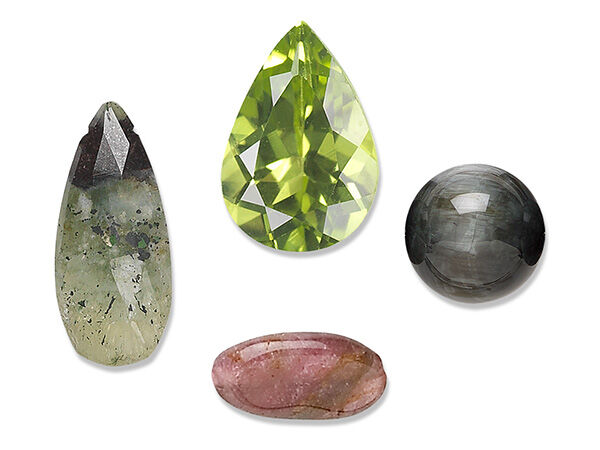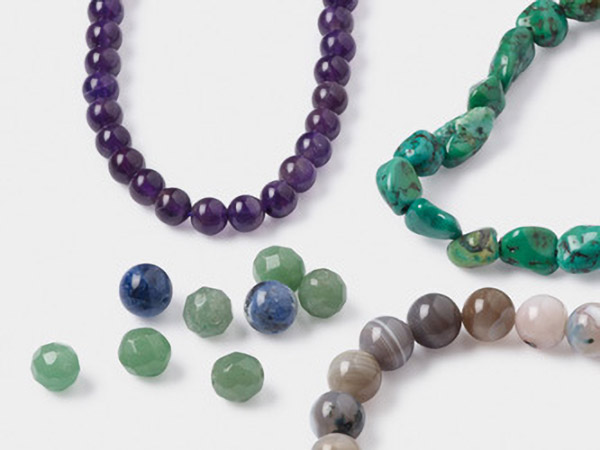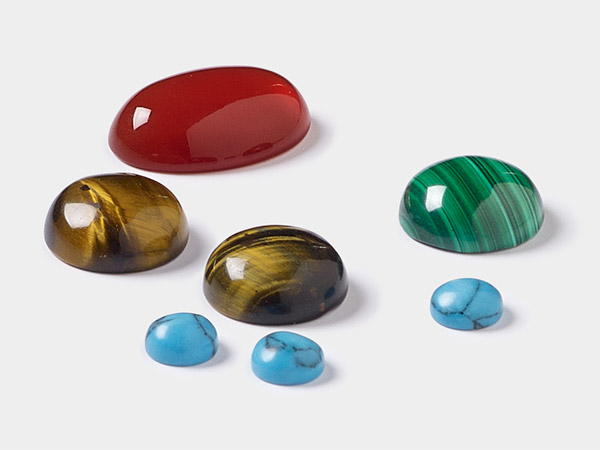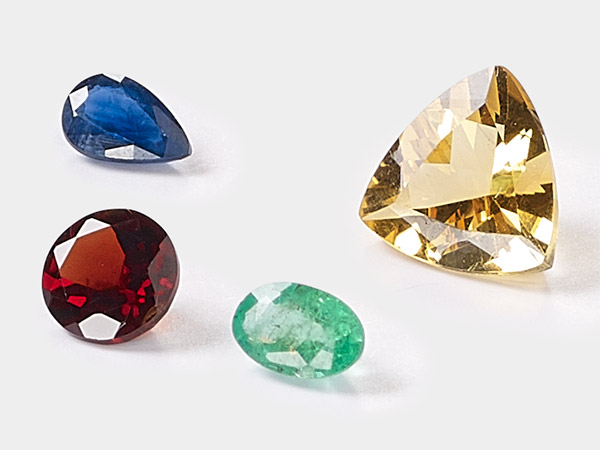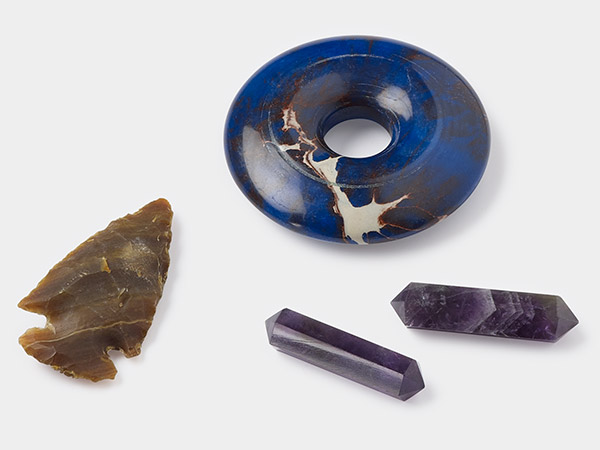Gemstone Optical Properties
Optical properties refer to the way gemstones interact with light. Color, interference and inclusions are all examples of optical properties. The first optical property is also the most obvious—color.
Color
Color happens when light hits a stone and some spectral (think of the rainbow) colors are absorbed, and some are passed through the stone or reflected back. A ruby, which appears red to our eyes, reflects red light, and all other colors are absorbed. So what causes a ruby to be red and a sapphire to be blue (or yellow or pink) is based on which colors of light are reflected or absorbed.
Color variations are caused by impurities within the stone, typically other minerals alone or in combination.
There are different categories of colored stones.
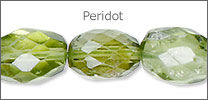
Idiochromatic: Some gemstones are called idiochromatic, or self-colored. These stones are colored by an essential part of their chemical composition. For instance, you cannot have peridot without iron—it is an essential part of the gemstone. Iron is also what makes peridot green. Therefore, all peridot is green. An idiochromatic stone will ALWAYS be a particular color since there is no way to remove the impurity that lends the stone its color without changing the nature of the stone.
Pleochroic: Pleochroic stones appear to be one color when viewed from one direction, but a different color when viewed from a different angle. Iolite is a terrific example of this; blue when looked at straight on, but when rotated 90 degrees, it appears grey. Another great example is alexandrite. Under incandescent light, the stone appears pinkish red, but in natural light, it is a bluish green color.
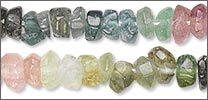
Multicolored: Tourmaline is a fine example of a multicolored stone. Within one crystal, different levels of impurities will produce a wide variety of shades and colors.
Color is one of the most appealing aspects of gemstones, and an important factor to consider when designing jewelry.
Interference
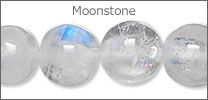
Interference happens when light reflects off of structures within a gemstone. Iridescence, such as seen in opal and labradorite, is an example of interference. The play of color seen in moonstone is referred to as adularesence or schiller.
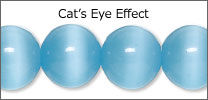
Chatoyancy (cat's eye effect) and asterism (star effect) are also caused by the interference of light.
Inclusions
Some people might consider any inclusion to compromise the value of a stone. However, sometimes inclusions will add interest and uniqueness to an otherwise humdrum gem.
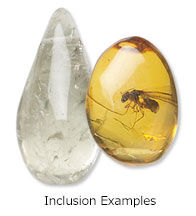
Anything can be an inclusion. Think of a dragonfly trapped in amber—that's an inclusion! Rutiles in quartz and prehnite are also inclusions. Some particularly interesting inclusions are actually gemstones within gemstones.
Inclusions can also be invaluable in identifying a gemstone since some kinds of inclusions only occur in certain gemstones and others occur only in stones from a particular location, such as a distinct water-lily like inclusion found in peridot from Arizona. There are even certain inclusions that can help identify whether a stone is natural or synthetic. An example would be veil and feather patterns that occur in flux-melt emeralds.
Application
All of these optical properties are important when choosing a particular stone. For instance, sapphires look best under natural light—in incandescent lighting, they tend to look dull and unsaturated. If a jewelry artist wants to design a beautiful necklace, but their intended audience will wear it only while bathed in incandescent light sources, sapphire might not be the best choice. Alternatively, iolite is a beautiful stone, but because of its pleochroic nature, it might not be suited to being set in a way that it is always rotating, showing its grey tones.
Inclusions can add interest and depth to a design. Some designers will actually highlight an area with an inclusion in a stone. And if a person had a cabochon with a star, they may not want to put it in a pair of earrings that wouldn't catch the light in the same way as a ring or a pendant.
Being aware of a gemstone's optical properties can take your design to the next level of beauty, and possibly price point!
Shop for Your Materials Here:
Have a question regarding this project? Email Customer Service.
Copyright Permissions
All works of authorship (articles, videos, tutorials and other creative works) are from the Fire Mountain Gems and Beads® Collection, and permission to copy is granted for non-commercial educational purposes only. All other reproduction requires written permission. For more information, please email copyrightpermission@firemtn.com.
